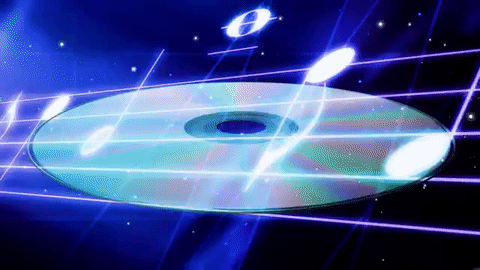
|
|

Abstract
"So much of what we do is ephemeral and quickly forgotten, even by ourselves, so
it's gratifying to have something you have done linger in people's memories." -
Ever since music was performed in conjunction with film in the golden age of Hollywood, its function has always been to enhance the visuals, portray emotions and create a complete experience for the audience. Many of the scoring techniques used for early film were taken from nineteenth century opera and successfully adapted to the big screen.
One such technique that has had much influence in the history of film music is that of the leitmotif. Often dismissed as a simple device to tell us what we already know. We will discover that the leitmotif not only plays an important role in supporting film's narrative. But more importantly, we will uncover the huge social and political disturbances it can cause by creating stereotypes.
Introduction
Along with unifying the narrative, music has always been required in film to underscore the drama and tension. When film was first introduced in the early silent movies, people were subjected to a visual onslaught of ghostly images of animals, vehicles, people and other scenes which could be seen, but not heard. The only thing that could be heard was the rumbling of the projector. It wasn't long before music was performed in conjunction to these images to set the audience at ease. Re 1
When music was first introduced to the cinema, it bore no true relation to the image portrayed on screen. However, with the introduction of the fakebook Re 2, came a new way for image and music to become interrelated. Certain moods could be portrayed by playing an appropriate piece of music in relation to a desired image.
The emergence of sound film in the mid 1920's, has had a huge impact on the role film music was to play. As films now featured dialogue between the characters, music was required to be written in a more subtle, unobtrusive way; yet at the same time it was needed to help unify the narrative, comment on how the characters were feeling, and help the film flow smoother. With these requirements in mind, film composers of the 1930's looked to the former successes of the opera, as a means for inspiration and adaptability to this new art form of film scoring.
LEITMOITIFF ITRODUCTION